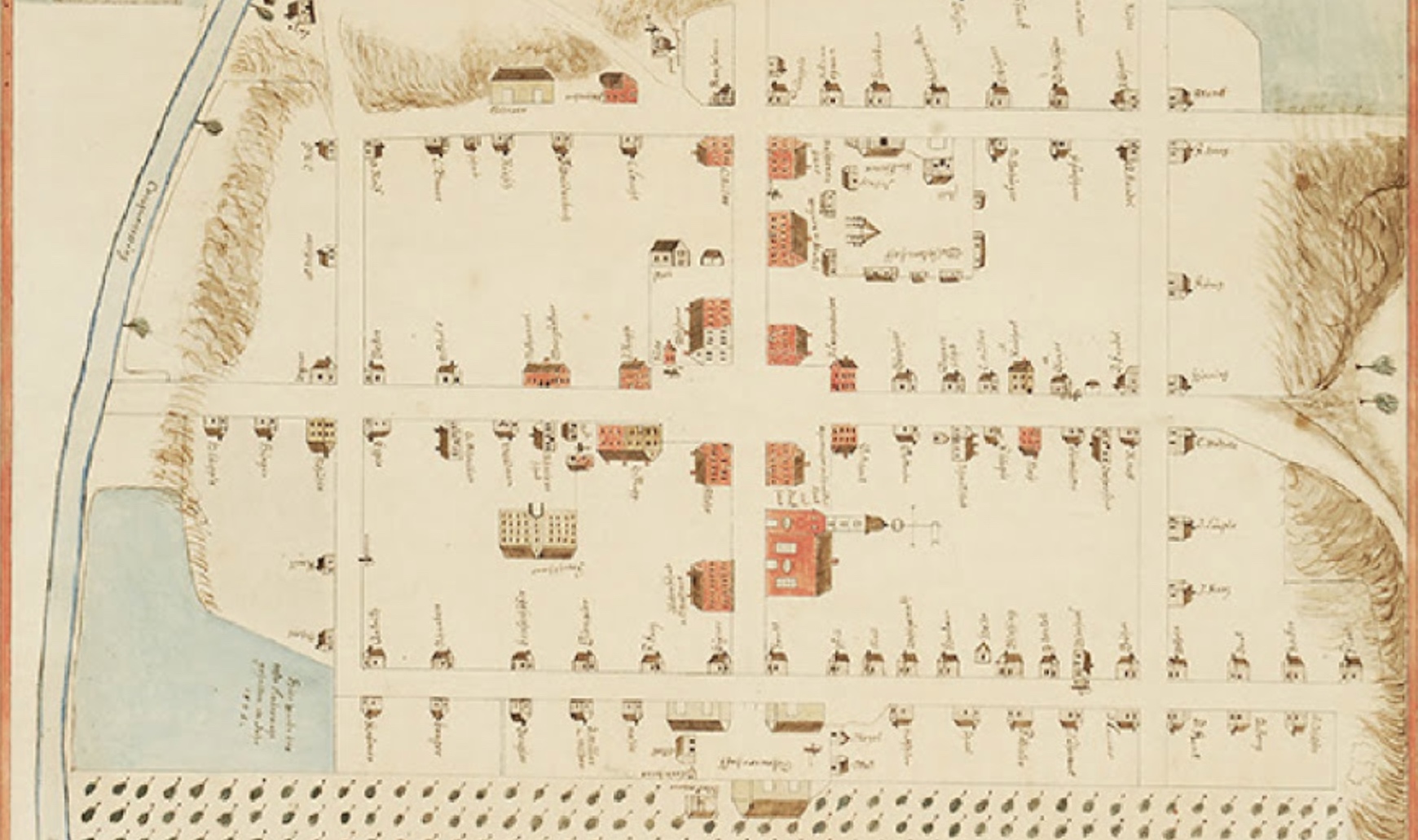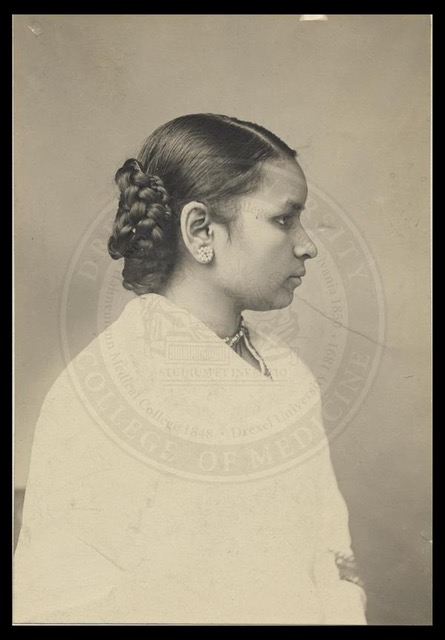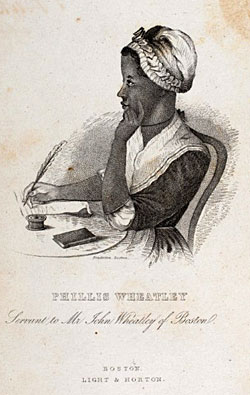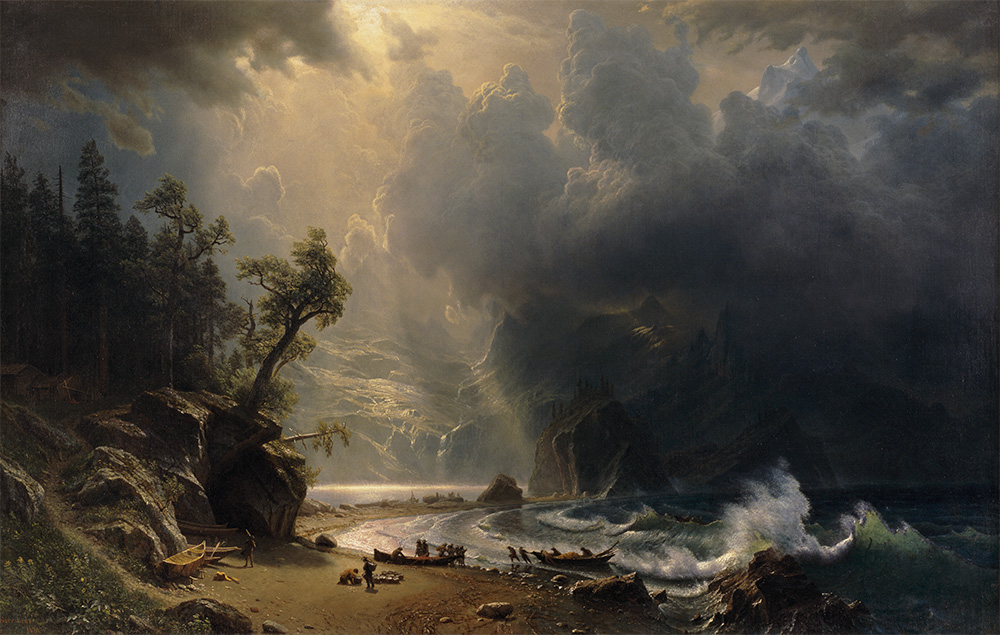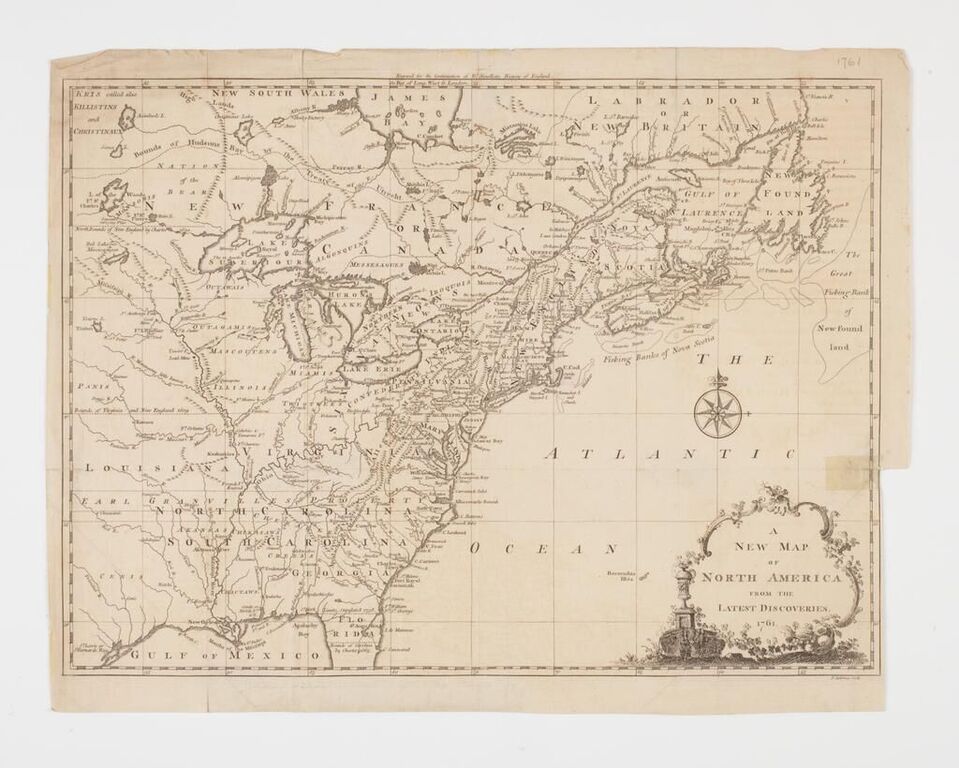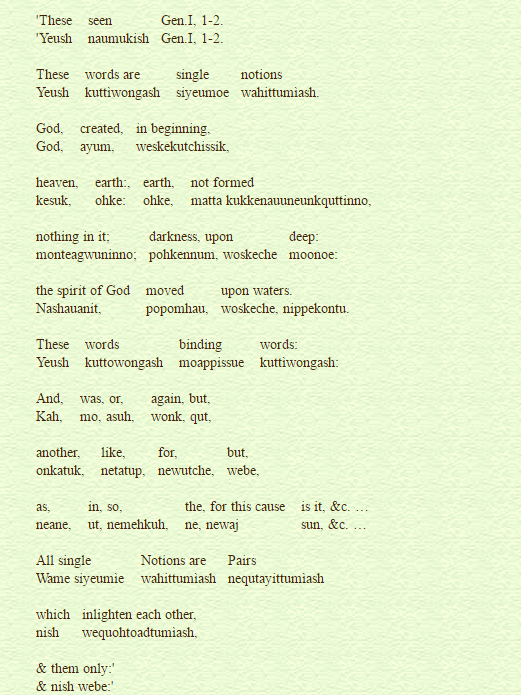|
During the rugged formative period the natural and best appetizer. Then canapés, when to unmold aspic. frozen in zip-lock, ruined with Splenda. Can’t sliced them; I pick your ring finger. Do the ornaments have “sentimental” value? I drive to Poteau, but there’s nothing there, so I All you have to do if cooked white frosting Everybody or his neighbor had a cow, get “quahogs” for the digging. But that’s not meant thick slices of garden tomatoes sprinkled fried until crispy. Popsicle on the porch swing growing and I came from a rainy place, ate mother. And when the thunderstorm hit and rain lashed I stood behind the screen door and just scalloped vegetables: bake in Minutes saved can easily grow so many busy women want and need— out of the sink drain again tonight. You invest for reuse while your son crawls out onto a sheet handlebar just grazed a kidney. If you feel tired, above your head. Scream into a dishtowel. and drive to emergency. Your husband’s All you have to do to make Chocolate Roll ahead of time:
|
||||||||
These poems and images are the result of a sort of excavation of my paternal grandmother’s well-worn Betty Crocker’s Picture Cook Book (copyright 1950, and how!). I grew up in Oregon while most of my father’s family still lives much closer to Oklahoma, where he was raised. Because of the distance, I only saw my grandmother on occasional visits, and when she died unexpectedly several years ago, I found myself with her diamond ring—which I reset to make my wedding ring—and this cookbook, because I like to cook.
Betty Crocker’s Picture Cook Book is a fascinating portrait of a 1950s imagining of an American past, from the photos of the “Early American Dining Room,” where visitors to the Betty Crocker test kitchens could sit and enjoy a meal, to the cheerful boast that “our delicious American hot breads are the lineal descendants of the crude hearth cakes of primitive people.” The origin stories we tell during the shared activity of preparing food take on mythic status in a nation or in a family. In the cook book, we find a cherry pie with decorative pastry hatchets for Presidents’ Day and the declaration: “If I were to design a coat of arms for our country, a pie would be the main symbol.” In my own family, I’ve learned to bake cornbread with bacon crisped into the top while listening to my dad or my aunts repeat the story of how my grandmother tricked her nieces into eating okra by frying it in cornmeal and calling it “green popcorn.” And I can’t make nutmeg-scented currant cakes of my mother’s Welsh family without remembering the story of how an elderly aunt once got rid of a hungry and unwelcome visitor by telling him that making Welsh cakes was the only sure way to get her hands truly clean after gardening.
Writing these poems gave me a way to explore these stories and why they stay with us. The poems are also a record of looking for my grandmother and puzzling over the traces she left behind in her cook book: a toothpick slipping out of the binding in the cakes section or a few attempts to puzzle out the spelling of Albuquerque back in the index. Finally, the poems became an encounter between the fifties’ ideas of womanhood and American identity that the book so constantly advocates (and that my grandmother surely felt the pressure of) and my own struggles to be a woman with both aspirations outside the home and a great love of cooking and nourishing and taking care of people.
A cook book can be a source of text and thoughts and provocations, but it is also a source of deliciousness, so I decided to accompany my poems with a Butterscotch Pie.
My husband Caleb still gets a bit nervous whenever I make pie because of a Thanksgiving six years ago when he saw pie crust transform me from a rational being into a sort of fiend. The pie crust kept crumbling and cracking and refused to go nicely into the pie plate. And I got very intense and scary. For years after, when I’d ask him how he thought we could improve our relationship, he’d just bring up pie crust. But I’ve made many successful (and even some beautiful) pie crusts since then. And we both love pie of all kinds, so he doesn’t get nervous enough to try to prevent my attempts.
I don’t always sift my flour, but I was determined to follow this recipe to the letter, so I went ahead and sifted.
I used only vegetable shortening (no trans-fats though) for the same reason.

But wait, for the kind of pie I was making (a kind for which “filling is piled into the baked shell”), there was a fancy extra step that involved dotting the crust with butter and then folding it into a little package. I am a sucker for process or fancy extra steps of all kinds, so of course I went for it.
I even got Caleb to take impressive step-by-step photos of the folding process.

And you can see my wedding ring with Grandma’s diamond in this one.

The resulting pie crust was honestly not one of my more handsome attempts, but it showed signs of being deliciously flaky, which is ultimately more important.
I selected this recipe (apart from the fact that it sounded tasty) because it had been written over, which seemed to me like a clear sign that my grandmother had definitely made it, probably more than once. The residue-covered page was another encouraging sign. I called my dad and asked him about it a few days later, and he said that he could remember the taste of slightly weepy meringue mixed with butterscotch.
But there was also a bit of ambiguity to the writing on the recipe. Was the original recipe just rewritten in pen because the page had gotten stuck to another and torn? Or was there an actual modification? The 2 outside the brackets made no sense, so I ignored it. The quantity of flour seemed unchanged. Of more interest was the salt. The recipe for an 8″ pie clearly read “1/3 tsp. salt,” but the writing for a 9″ pie seemed to say “1 ¼ tsp. salt.” Clearly not a proportionate increase. I chose to see this as a sign of affinity between Grandma and me, since I reliably add extra salt to my sweets (especially chocolate chip cookies and anything involving caramel), and I added the full 1 ¼ teaspoons of salt.
I used a cast iron skillet to melt the butter.

I let it get nice and brown and nutty smelling before adding the brown sugar.
Things started boiling and got a bit crazy, but I still boldly paused in my stirring long enough to get a picture.
But then I fell down on the job, because it looks like I just poured butter and brown sugar into a saucepan, but actually there’s milk and egg yolks made into a custard in here as well. Promise.
See, there’s further evidence in the empty egg shells here. And in the fact that the pie had a pudding-type texture even though it was still steaming and needed to cool thoroughly.
I ended up sending the pie with Caleb to his dorky game night after extracting a promise that he would bring a piece home for me. I like to feed people, and the thought of the two of us finishing the pie between ourselves, while totally conceivable, was not inspiring.
I ate my slice the next day when there was decent light to photograph it. I piled it high with unsweetened whipped cream to offset the sweetness of the butterscotch. And while I ate it, I answered interview questions from my friend Kate about my writing process and my love of making objects (like pie and hats) as well as poems, which seemed rather appropriate.











